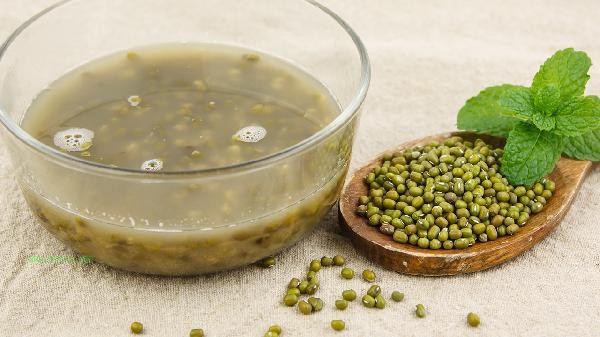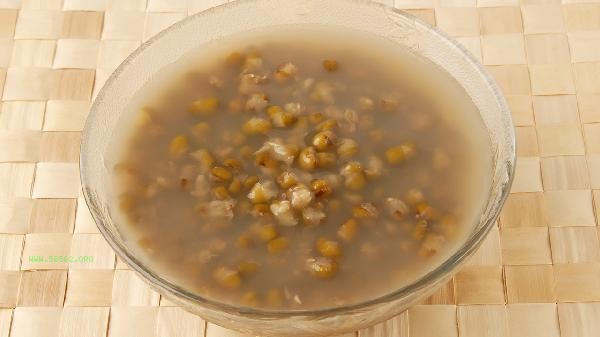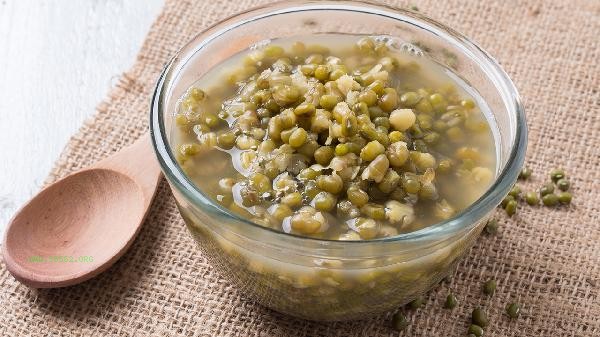The red color of mung bean soup in the north is mainly related to water quality, cooking time, and oxidation reactions. The water quality in northern China tends to be alkaline and contains more minerals. Polyphenols in mung bean skins oxidize and discolor in alkaline environments, and prolonged boiling can also deepen the color. The key factor that causes mung bean soup to turn red is the difference in water quality. The water quality in northern regions is generally hard, containing a high amount of calcium, magnesium ions, and carbonates, with a high acidity and alkalinity. This alkaline environment will accelerate the oxidation process of polyphenolic substances in mung bean skins, transforming the originally colorless phenolic substances into red quinone compounds. At the same time, metal ions in hard water will form complexes with polyphenols, further deepening the color of the soup. In traditional northern cooking habits, it is customary to boil for long periods of time, and continuous high temperatures promote more complete oxidation reactions. Some special circumstances may also affect the color change of the soup. When cooking in an iron pot, iron ions react with tannic acid in mung beans to produce a black substance, resulting in a dark red or brown color of the soup. During storage, exposure to air will continue to oxidize, and the color of refrigerated mung bean soup is often darker than when it is just cooked. Some varieties of mung beans have thicker skin and contain more polyphenols, making them more prone to discoloration under the same conditions. Adding edible alkali or baking soda can significantly increase the acidity and alkalinity of the soup, and can quickly cook a deep red soup.

To maintain the green color of mung bean soup, you can use purified water or distilled water to cook quickly. After the water boils, turn to low heat and cook for about 30 minutes. After cooking, seal it promptly to avoid oxidation. It is not recommended to use metal containers for storage. The discoloration of mung bean soup does not affect its nutritional value, and nutrients such as protein, B vitamins, and dietary fiber can still be absorbed normally. When consumed in summer, mint leaves or lemon slices can be paired to enhance flavor and help maintain a refreshing soup color.










Comments (0)
Leave a Comment
No comments yet
Be the first to share your thoughts!